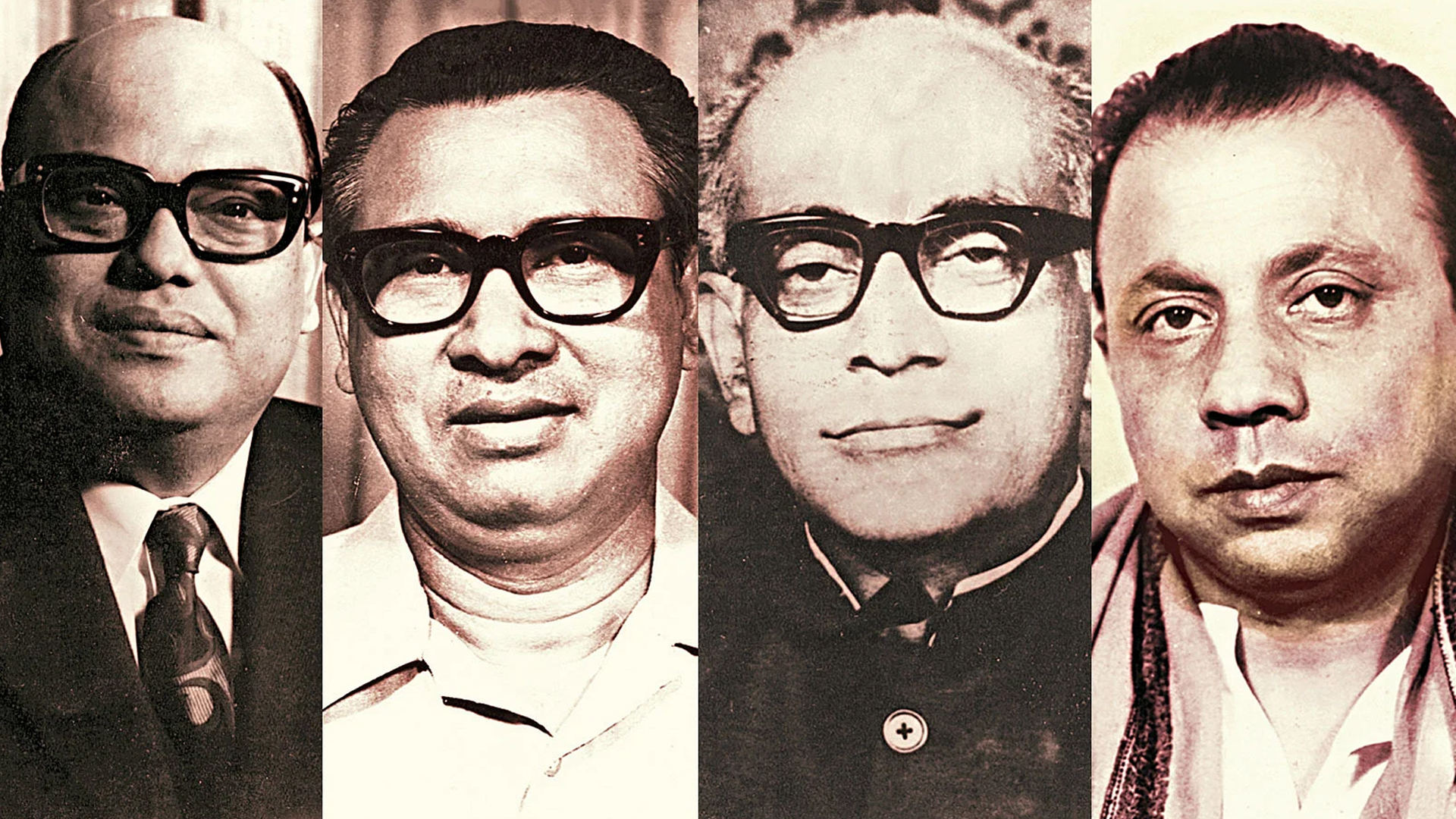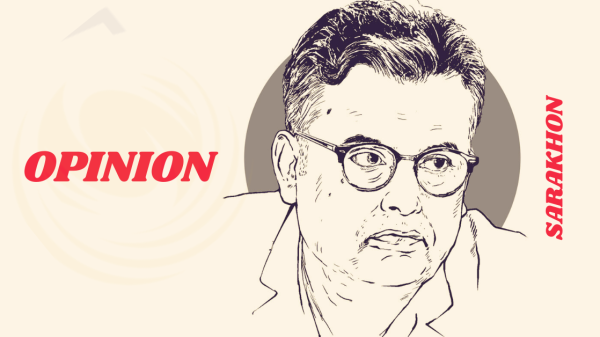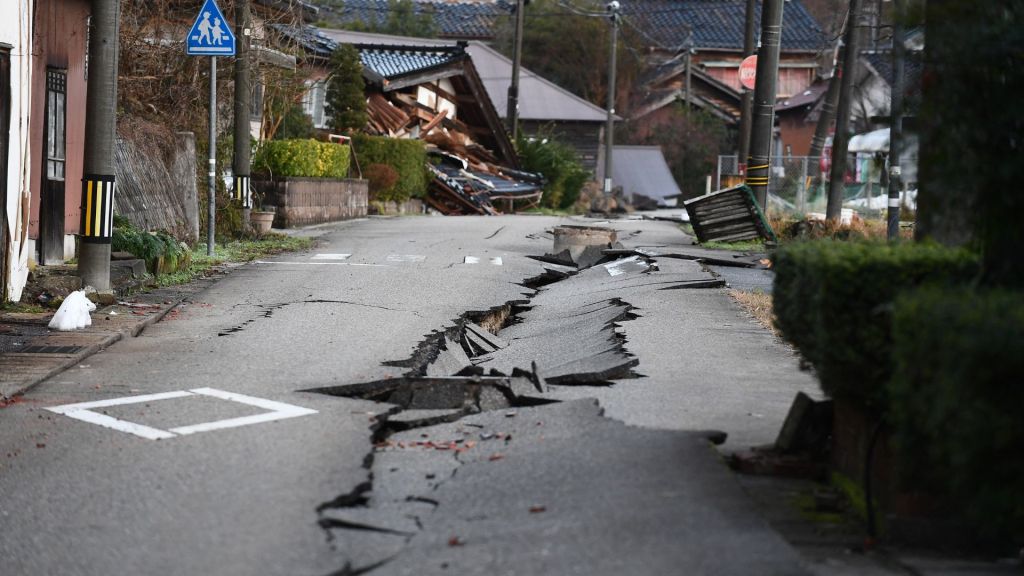Nurul Majid Humayun’s Death and the Placement of Prisons under the International Red Cross

Freedom fighter, politician, and former minister Nurul Majid Humayun died in prison after being denied necessary medical treatment. Even the day before his death, his hands were cuffed to the hospital bed. Human rights activist Nur Khan called this a complete violation of human rights, describing the denial of medical care as itself a grave breach of those rights.
I met Nurul Majid Humayun and heard him speak several times during my journalism career. At that time, he possibly held a significant position in the Awami Jubo League. Before him, the Jubo League had been led by Mostafa Mohsin Montu. I could never quite reconcile Humayun with Montu in that role. Yet even before I saw Humayun active in politics, I knew of him through one particular story told by Narsingdi’s freedom-fighter commander Abdus Samad bhai.
During and after the Liberation War, most people in the greater Dhaka district knew Commander Samad. Listening to accounts of his unit’s battles around Dhaka and its outskirts, I once imagined him to be a fierce man. But after becoming his colleague in a newspaper, I discovered the opposite—a gentle, humble person. During breaks at work, especially when Alauddin Ahmed bhai (of the Communist Party—Alauddin-Matin group) encouraged him, Samad bhai would recount wartime memories.
One day he said they had freed Narsingdi district as early as November 1971. At that time, several Pakistani soldiers had surrendered to them along with Razakars and Al-Badr members. Among them was one Pakistani boy under twenty—his face innocent as a child’s. Abdus Samad said, “Humayun brought him to me. I didn’t know Urdu; Humayun did. So he interpreted the broken Urdu of that young soldier. Through him I understood that before coming here, they had been told by their superiors that East Pakistan was full of ‘kafirs,’ and that India—helping those ‘kafirs’—was the enemy. They were sent here on a jihad against the ‘kafirs’ and India. But on arriving, he saw that most people were Muslims, often more devout than in his own country. India, too, was helping devout Muslims, not ‘kafirs.’ He said he had been here for seven months and had not killed anyone. Now he wished only to return to his mother.”

Samad bhai continued, “After hearing this through Humayun’s interpretation and seeing that bright youthful face, I, too, felt pity. I looked at Humayun and asked, ‘What can I do? You tell me, Humayun.’ He said, ‘Commander, I can’t say… but—’ and lowered his head. So I replied, ‘All right, I’ll do as you wish. Don’t put him before a firing squad; keep him in jail.’ Later that boy returned home via India with the 97,000 who surrendered.”
Years later, seeing Nurul Majid Humayun’s conduct on the political field and recalling his calm and decent manner—even when he ran as an independent in the 1986 election against powerful Awami League-led alliance and BNP candidates—I was reminded of Commander Samad’s story. It was clear that Humayun truly belonged to a family steeped in humane and noble traditions.
Yet, with the changing winds of politics, we now must confront the reality of his inhumane death in prison. Perhaps he himself did not suffer as much from that death as his family and well-wishers did. For a freedom fighter, such an end may seem a tragic extension of his lifelong struggle. Had he lived to witness such indignity inflicted on others, he might have felt even deeper sorrow for the dishonor brought upon the nation he helped to create.

Still, what Nurul Majid Humayun may have personally felt before his death—or what he might have felt had he survived—is not the main issue. The pressing question is what the current government should now consider regarding the many political leaders, workers, and freedom fighters imprisoned today, and the broader security and governance of the prison system itself.
Regardless of how much control those running the government have over the state’s machinery, it is those in this government who will bear responsibility in the future for any mishaps of this era. And Mahfuz Alam—the very person who, as was introduced to the international community, meticulously designed the rise of this government under the leadership of Chief Adviser Muhammad Yunus—has now publicly stated that political parties have divided various government posts among themselves and installed their own people. He says that as an adviser, he is anxious about when he might have to leave, and that the orders of the executives in this government are not being adequately implemented.
This statement is not just an administrative concern—it reflects a deeper instability that now defines the state. When the government itself begins to lose cohesion between its political leadership and the bureaucracy it depends upon, then both governance and accountability collapse into confusion. At such times, the state apparatus functions through fear rather than order, and within that climate, no one—neither citizen nor prisoner—can feel truly secure.
After Mahfuz Alam’s statement and the death of Nurul Majid Humayun, it is therefore natural that a sense of fear would arise concerning the prisons. Bangladesh’s politics indeed carries an exceptionally high degree of mutual vendetta compared with other countries. The pattern has repeated itself decade after decade—each government, when in power, wielding authority as retribution rather than reform. During the current government’s tenure, no effective steps have been taken in the last 55 years to reduce this vendetta; instead, in many instances, it has been further stoked.

Thus, when the administration is not heeding the government, there is naturally little assurance that this vendetta will not reach the prisons. And there are precedents of this in our country. Even in what should be the safest place in the world—a prison—there have been brutal murders. These incidents are not isolated—they are symptoms of a national failure to separate justice from vengeance. The public institutions that should embody neutrality and protection have instead become extensions of political punishment.
What was the reason behind the killing of the four national leaders?
And even now, it is not clear who actually carried out that killing. In 1991, on the occasion of Jail Killing Day on November 3, Ataus Samad bhai assigned me to prepare a report. While working on it, I called Colonel Faruq (ret.) and asked him various questions about how and by whom the jail killing had been executed. At one point, he said, “I have the same questions as you about how the November 3 jail killing took place—who did it—because my own paternal aunt’s husband (fupa) also died in that incident.”
Whether Colonel Faruq was speaking the absolute truth is not for me to say. But the ambiguity surrounding that crime remains as unresolved today as it was then. Alongside that, there is another incident I learned while working as a journalist: in early October 1975, when Tajuddin Ahmad met his wife, Zohra Tajuddin, he sent a message through her to Moyezüddin Ahmad, President of the Bangladesh Red Cross Society, instructing that he should request the International Red Cross to bring Bangladesh’s prisons under its authority immediately. And when Zohra Tajuddin went to see him again in the last week of October, Tajuddin Ahmad told her, “Tell Moyezüddin to do something within a week—that is, to bring the prisons under the International Red Cross—otherwise they will very soon kill us in the jail.”

I later confirmed this account with Moyezuddin Ahmad himself; he said he could not act on it because he had not received the government’s cooperation. The tragedy that followed a few days later stands as a permanent reminder of how neglect and arrogance can become accomplices to history’s cruellest acts.
From the outset, the present government has attached importance to international institutions, including the United Nations. It had the International Human Rights Commission investigate all killings up to August 15. The government has also made every effort to involve the United Nations in the Rohingya issue. These steps show an acknowledgment that international cooperation strengthens legitimacy; yet, at the same time, the same cooperation must extend to protecting human rights inside the country’s own borders.
Therefore, after the death of Nurul Majid Humayun and in light of Mahfuz Alam’s statement, the current government must accept reality and undertake practical, coordinated thinking—together with the United Nations and other international human rights bodies—about the safety and treatment of prisoners. In that context, bringing the prisons under the authority of the International Red Cross could be considered. The measure may appear symbolic, but it would demonstrate a moral and political willingness to rise above vengeance, to place humanity above power.
And that, it seems to me, would be the right path for the government to avoid any kind of accident or untoward incident in the prisons in the future.
Author: Journalist and editor honored with the nation’s highest state award; Editor, Sarakhon, The Present World.






















